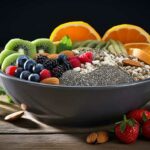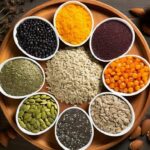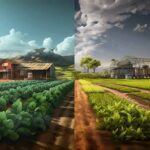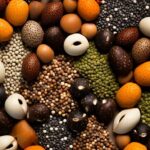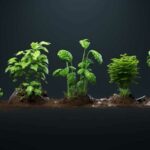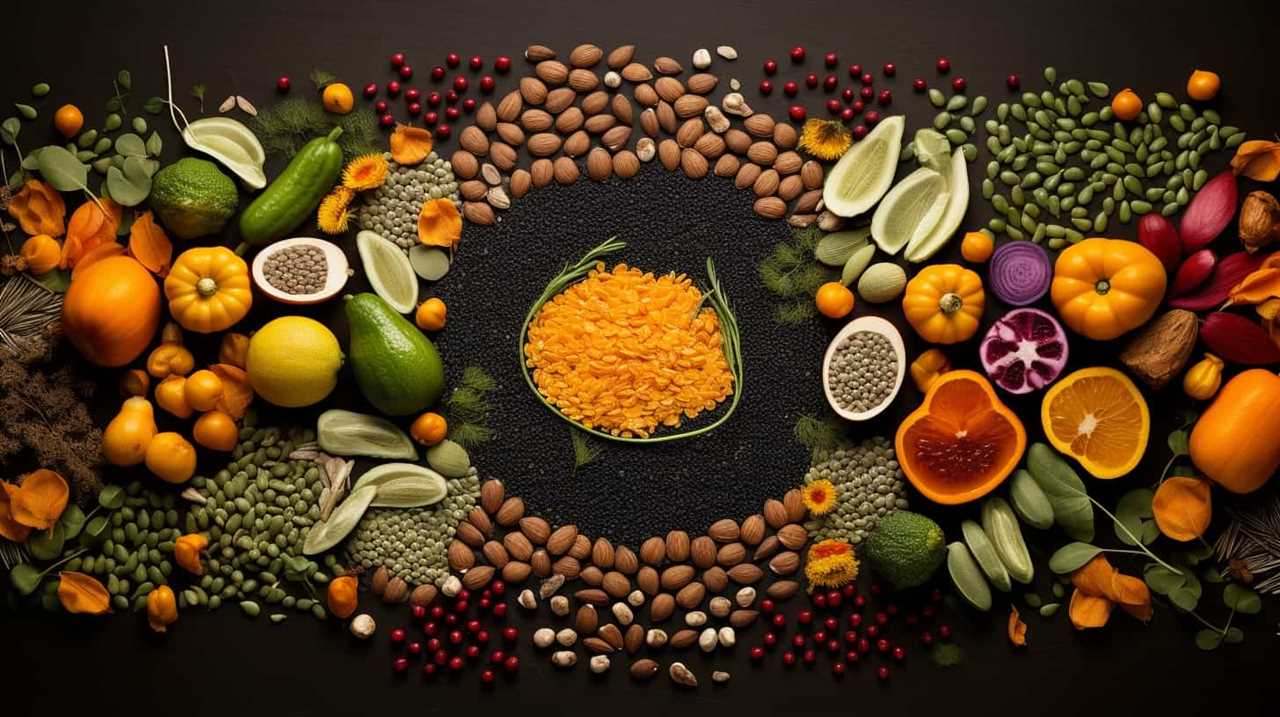We have delved into the world of commercial chia seed farming, investigating its economic feasibility from every angle.
In this article, we’ll explore the market demand for chia seeds, the cost of farming, the potential yield, and effective marketing strategies.
Armed with data and insights, we aim to provide an informative and analytical perspective on the profit margins in this industry.
So join us as we unravel the secrets of commercial chia seeds farming, empowering you to make informed decisions and embrace financial liberation.
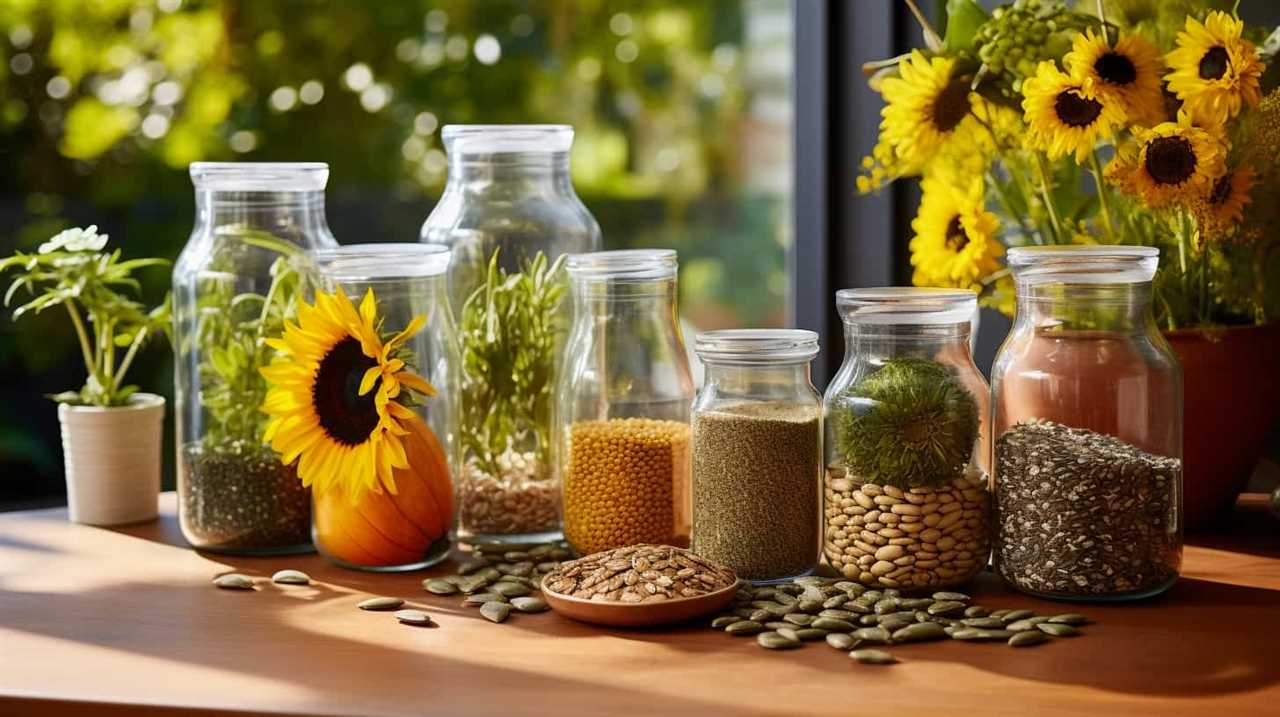
Key Takeaways
- There is a significant increase in market demand for chia seeds due to growing awareness of their health benefits.
- Cultivating organic chia seeds presents an opportunity in a growing market segment, but obtaining organic certification can be a lengthy and expensive process.
- Chia seeds have a promising yield potential in commercial farming, but challenges such as well-drained soil and risk of frost damage need to be addressed.
- Implementing effective marketing strategies, such as digital advertising and social media promotion, is crucial for the success of commercial chia seeds farming.
Market Demand for Chia Seeds
We have observed a significant increase in the market demand for chia seeds in recent years. This surge in demand can be attributed to the growing awareness of the health benefits associated with consuming chia seeds.
Chia seeds are rich in omega-3 fatty acids, fiber, and antioxidants, making them a popular choice among health-conscious individuals. Moreover, chia seeds are versatile and can be easily incorporated into various dishes, such as smoothies, yogurts, and baked goods.
However, despite the rising demand, there are challenges in chia seeds cultivation that need to be addressed. Factors such as climate suitability, irrigation requirements, and pest control pose challenges to farmers. Additionally, ensuring a consistent supply of high-quality seeds can be a hurdle.
Overcoming these challenges will be crucial to meet the growing market demand for chia seeds and to ensure the sustainability of the industry.
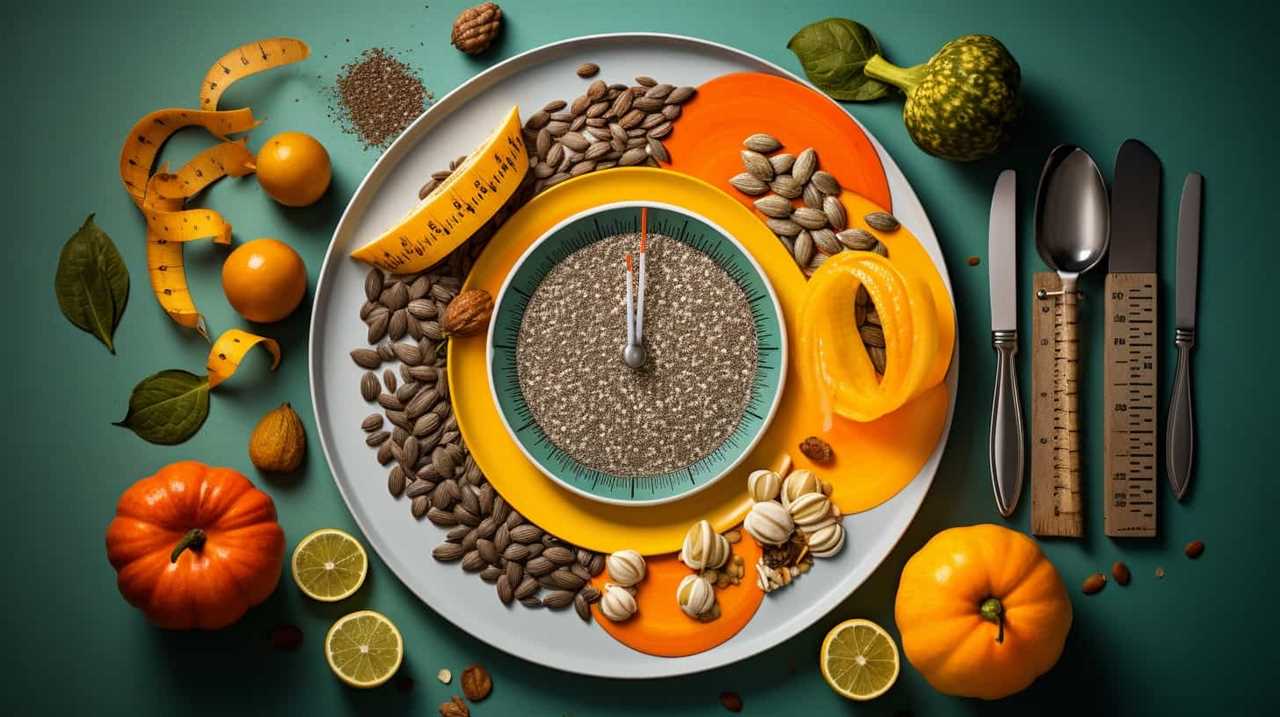
Cost Analysis of Chia Seeds Farming
To analyze the profitability of commercial chia seeds farming, we’ll delve into the cost analysis of this agricultural venture. Operating a chia seeds farm comes with its own set of challenges that can impact the overall cost structure. These challenges include the need for suitable soil conditions, irrigation systems, and pest control measures.
Additionally, the cultivation of organic chia seeds presents an opportunity for farmers to tap into a growing market segment. However, obtaining organic certification can be a lengthy and expensive process. On the other hand, the potential for the organic chia seeds market is significant, as consumers increasingly seek out healthy and sustainable food options.
Yield Potential of Chia Seeds
Chia seeds have a promising yield potential in commercial farming. Despite the challenges in chia cultivation, such as the need for well-drained soil and the risk of frost damage, chia plants can produce a high quantity of seeds per acre. This makes chia seeds an attractive crop option for farmers looking to maximize their yields and profits. Additionally, the nutritional benefits of chia seeds, such as their high omega-3 fatty acid content and antioxidant properties, further contribute to their appeal in the market. To illustrate the yield potential of chia seeds, consider the following table:
| Chia Seed Yield | |
|---|---|
| 1 acre | 1,000 kg |
| 5 acres | 5,000 kg |
| 10 acres | 10,000 kg |
With proper cultivation techniques and favorable growing conditions, farmers can achieve significant yields, making chia seeds a viable option for commercial farming. As we explore marketing strategies for chia seeds, it is important to consider the potential profitability that comes with this promising yield potential.

Marketing Strategies for Chia Seeds
Implementing effective marketing strategies is crucial for the success of commercial chia seeds farming. To effectively promote chia seeds in the digital age, farmers should consider the following strategies:
- Digital Advertising: Leveraging online platforms such as search engines, websites, and mobile apps can help reach a wider audience and increase brand visibility. Utilizing targeted digital advertising campaigns can ensure that the right message reaches the right people at the right time.
- Social Media Promotion: With the increasing popularity of social media platforms, utilizing them for chia seeds promotion can be highly effective. Creating engaging content, running contests, and collaborating with influencers can help generate interest and drive sales.
Profit Margins in Chia Seeds Farming
After implementing effective marketing strategies, we can now delve into the profitability analysis of commercial chia seeds farming, specifically focusing on the profit margins.
The profit margins in chia seeds farming are influenced by various factors, including pricing strategies and the competitive landscape. Proper pricing strategies play a crucial role in determining the profit margins. Setting competitive prices that consider market demand and production costs can help maximize profitability.
Additionally, understanding the competitive landscape is essential for chia seeds farmers. Analyzing competitors’ pricing, product quality, and market share can provide valuable insights for setting competitive prices and optimizing profit margins.
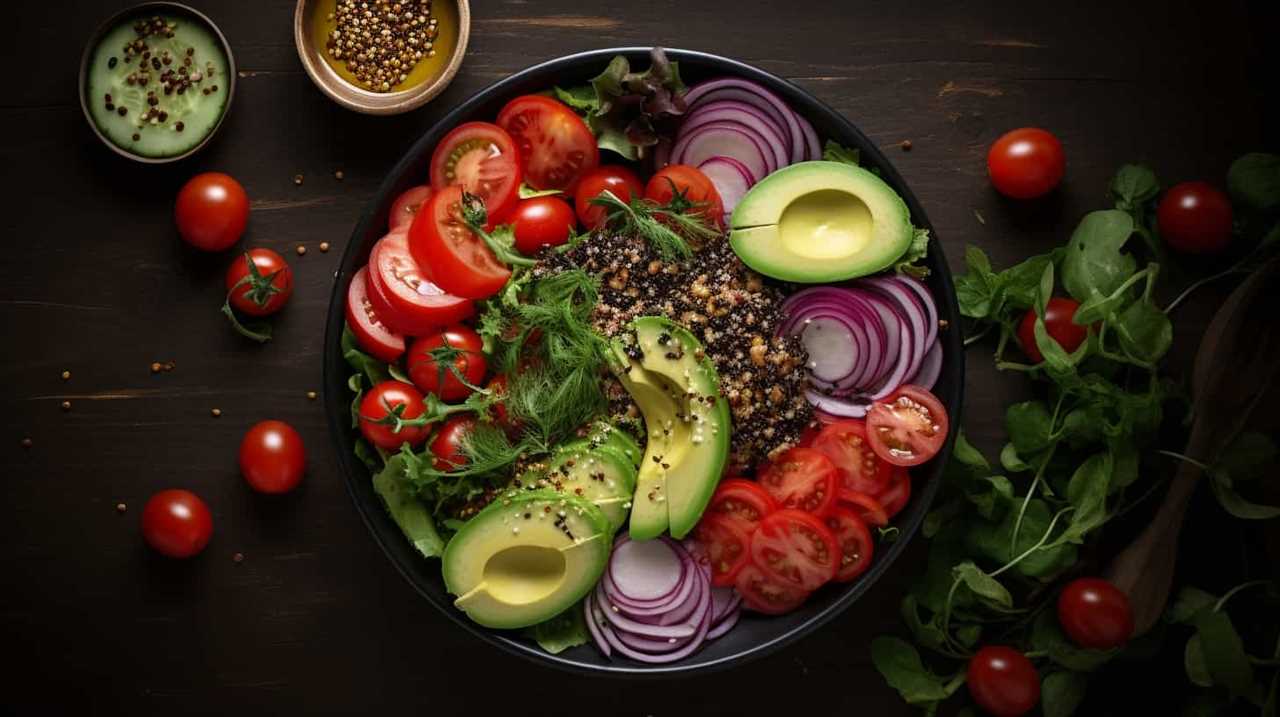
Conclusion
In conclusion, commercial chia seeds farming holds great potential for profitability. With a growing market demand and favorable yield potential, it presents an opportunity for farmers to generate significant profit margins.
By implementing effective marketing strategies and considering the cost analysis, farmers can maximize their returns.
As they say, ‘The seeds of success lie within the chia plant, ready to sprout a prosperous future.’


